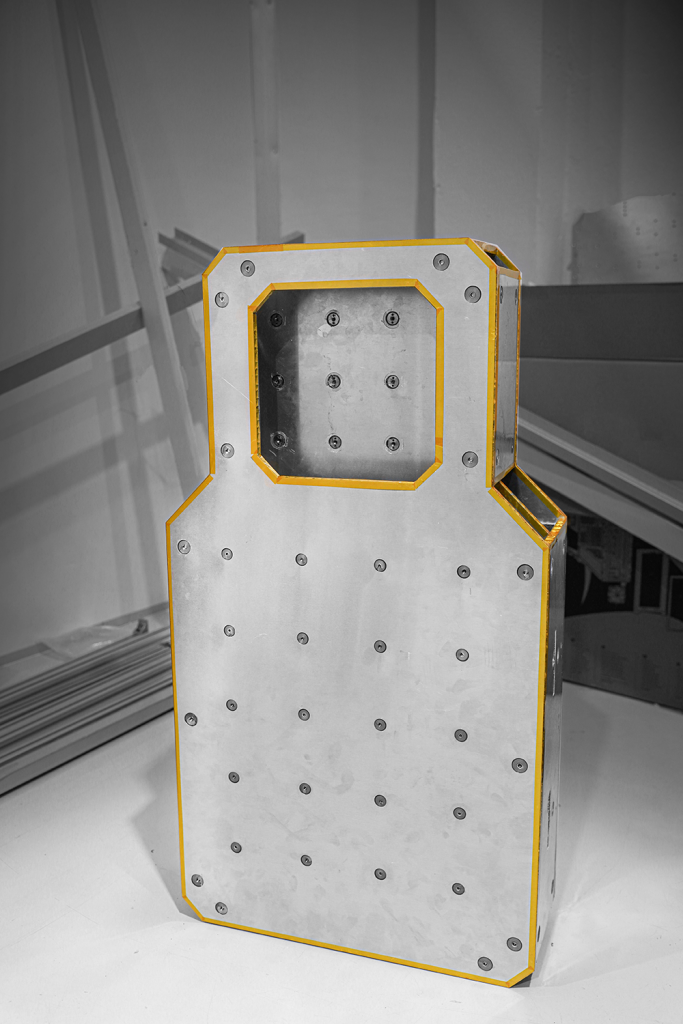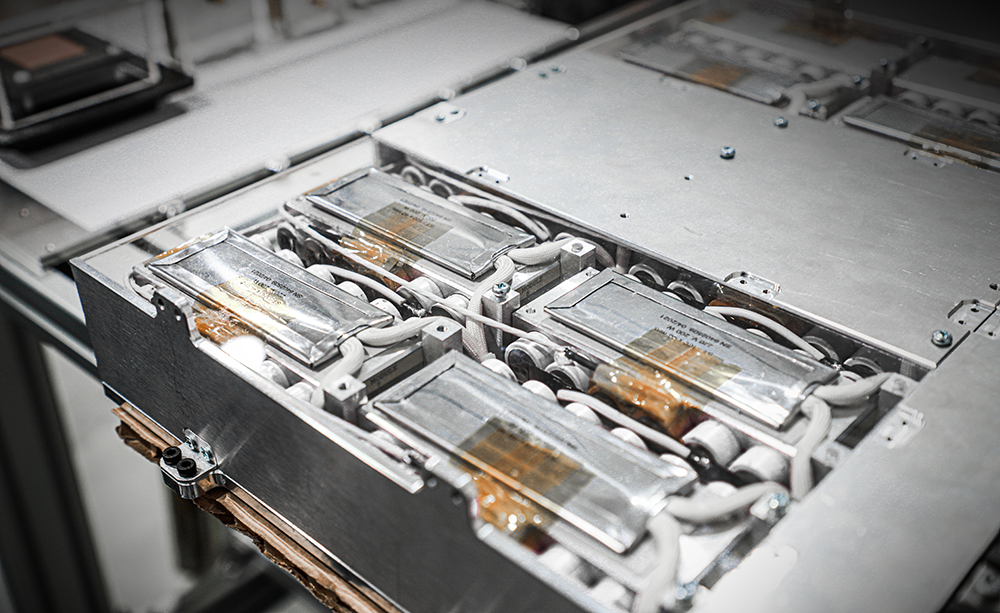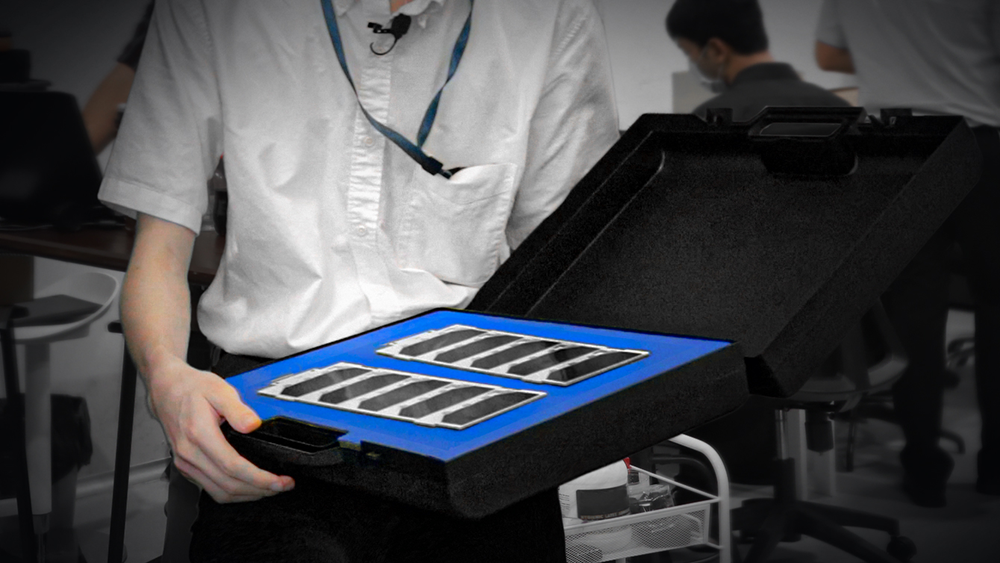Major Components

Main Structure
The main structure houses the power system, solar panel, and electronics for the Satellite in which the latest design of the second version was released last year.
In general, the structure of the satellite should not be too heavy nor should it be too fragile in order to house both electronics and the power system. Consequently, we have decided to build the back side of the main structure from honeycomb panels which are much lighter but equally strong to the CNC parts that are normally used for satellite assembling.
There’s always a challenge to find the balance between lightweight and heat control at its best condition for Satellite but our mechanical engineers, designers, and thermal engineers have worked together to develop the next 3-4 versions of this main structure focusing on accuracy and precision. We have experimented with different materials to enhance the strength and reduce weight while at the same time trying to not give up the heat control system or thermal management.
Additionally, the center plate is intended to house power or directional control devices and electronics to prevent the sun’s heat from hitting the back of the structure as well as protecting the front from hitting the earth. It also helps mitigate the heat radiating into the system too quickly.
Battery Pack

Battery packs and battery cells are a crucial part of the power system. We use Lithium-ion battery cells for our satellites. The heating system is at the top of this system while the cable is plugged into the charger. Our satellites were designed to weigh no more than 180 kilograms, currently it is about 30 kilograms. The more we upgrade, the heavier it gets.
The heaviest part of the power system is the battery cells that are needed for higher power supply capacity to make the satellites operation last longer. The temperature in space is relatively low, but the battery has to operate as close to room temperature as possible. That’s when a thermal patch is beneficial, it will power the battery cells and maintain heat at a temperature that the battery can perform well. Moreover, the thermal patch will transfer excess energy to the main structure to create the most optimal temperature for the battery cells.
In addition, the electrical wires at the top are used to measure sensors at various points and test how the battery cells are performing.
Multi-Junction Solar Panel

The solar panel generates energy for the battery to store and distribute. To create energy in an orbit, we use the sun’s energy and convert it into electricity through the solar cells. The solar cells we use are called “multi-junction” which is much more efficient than common household solar cells and can convert lighter weight, allowing us to insert more power into the system.
The extraterrestrial sun is much more intense, so we need a system to capture that energy effectively. The multi-junction technology can store up to 3 layers of energy for higher performance.
The multi-junction solar panel has 5 cells per sheet with a measurement of roughly 10 cm to 40 cm, therefore, this larger solar panel will have a higher power density. Additionally, this solar panel is also set to be positioned at a vertical angle to the sun for better accuracy and precision to get the optimal power from the heat.
